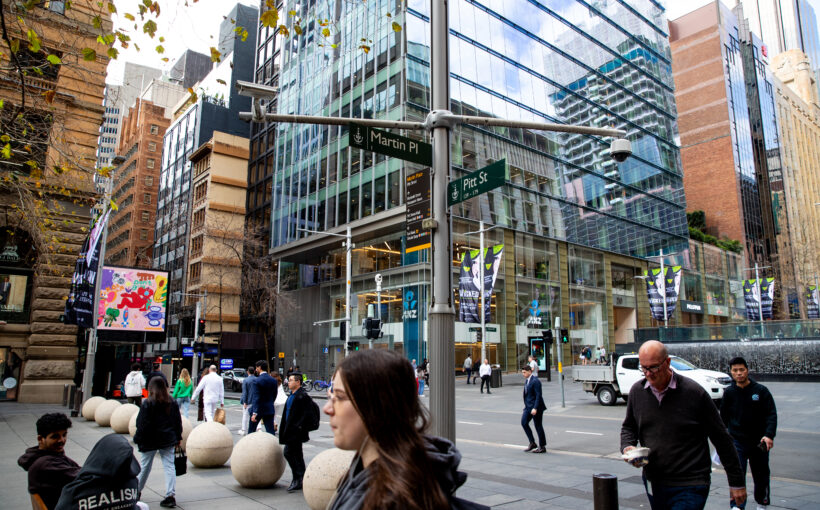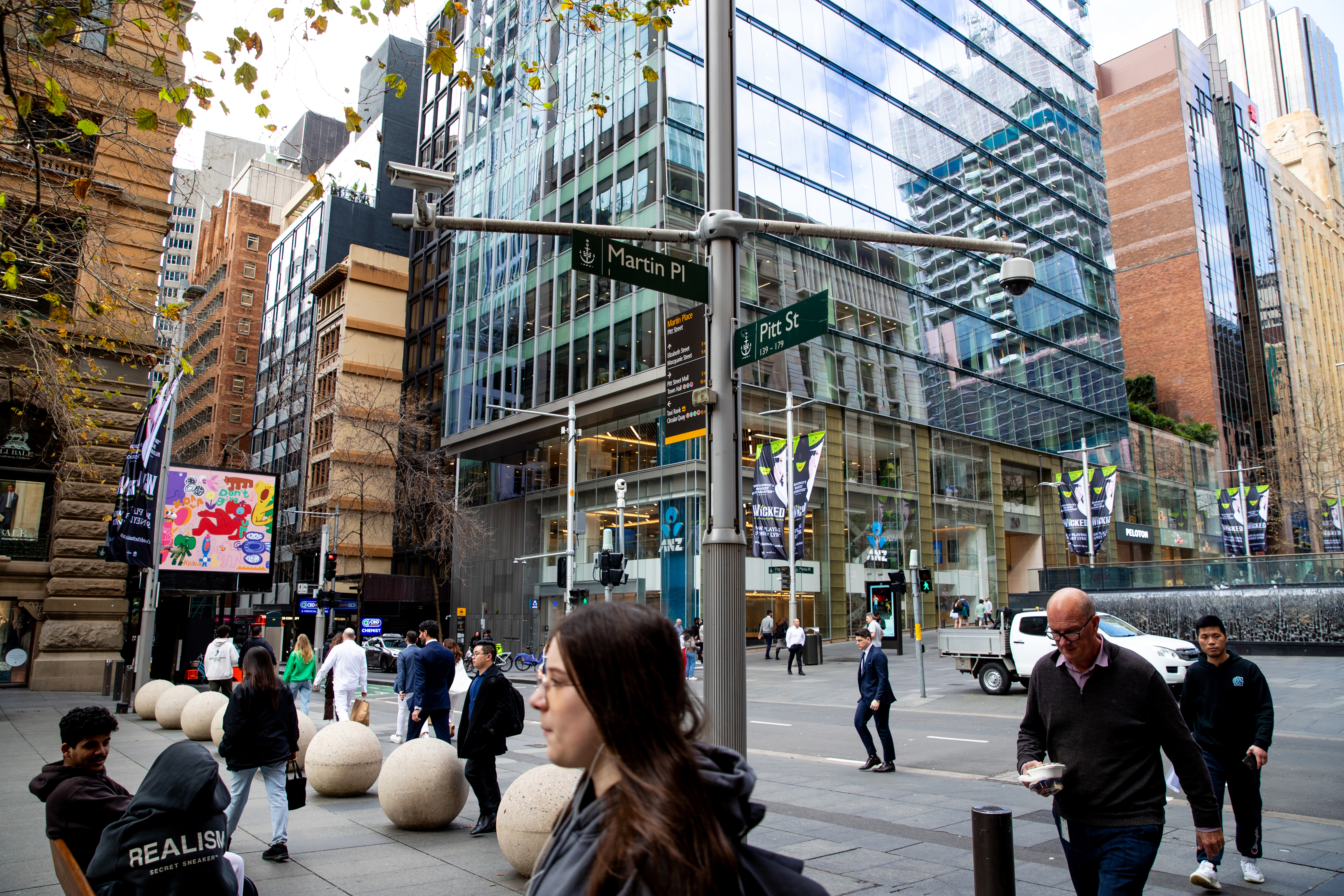The cost of living for Australian workers is climbing faster than inflation as households around the country fall off the fixed-rate mortgage cliff and battle surging petrol prices.
New data released by the Australian Bureau of Statistics (ABS) today revealed living costs for workers across the country jumped by 2 per cent for the September quarter, and 9 per cent compared to the same time last year.
The quarterly number is higher than June's increase of 1.5 per cent, and almost double the jump in inflation of 1.2 per cent for the same time period, although the annual increase has softened from 9.6 per cent last quarter.
READ MORE: Top global finance body calls on RBA to hike interest rates
While interest rates didn't increase at all during the September quarter, mortgage repayments were still responsible for a large proportion of the increase in living costs as homeowners rolled over from fixed to variable rates.
"Mortgage interest charges rose 9.3 per cent following a 9.8 per cent rise in the June 2023 quarter," ABS head of prices statistics Michelle Marquardt said.
"While the Reserve Bank of Australia has not increased the cash rate since July 2023, previous interest rate increases and the rollover of some expired fixed-rate to higher-rate variable mortgages resulted in another strong rise this quarter."
Also worsening the cost of living were rising petrol prices and higher insurance premiums.
READ MORE: Why it could take 2 million Aussies changing jobs to reach net zero
Major oil producers Russia and Saudia Arabia announced a significant cut to production in early September, leading to a jump in prices felt in Australia.
The declining value of the Australian dollar since June has also made for more expensive trips to the bowser.
It wasn't just employees hit hard by the rising cost of living, with all other household types (pensioners and beneficiaries, aged care pensioners, self-funded retirees and other government recipients) seeing quarterly increases of between 0.5 and 1.4 per cent.
Their annual jumps were far less than workers, ranging from 5.4 to 6 per cent.
Those increases were largely driven by the same factors of rising mortgage repayments and petrol prices, although housing costs – which includes rents, utilities, rates and maintenance – actually dropped for pensioners and government beneficiaries.




